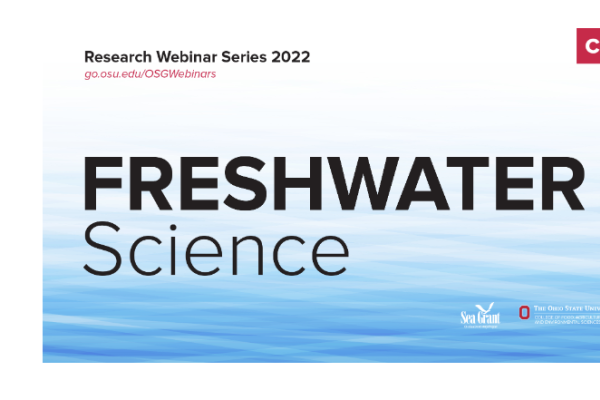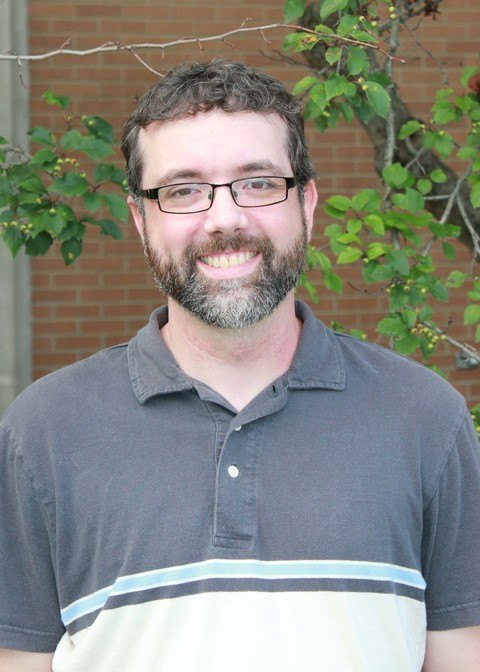
The Ohio State College of Food, Agriculture, and Environmental Science is hosting a research webinar series. Join them for Freshwater Science: Diverting Nutrients from Aquaculture Facilities into Additional Products.
Nutrient runoff, including from fish farms, contributes to the growth of harmful algal blooms. While aquaculture is an economic opportunity for Ohio, nutrient pollution from fish waste could exacerbate this issue.
Researchers Dr. Silvia Newell and Dr. Kevin Neves developed and analyzed a recirculating aquaculture system for perch production that uses nitrogen waste from fish ponds to support production of prawns and tomatoes.
About the Speakers
SILVIA NEWELL
Michigan Sea Grant
Dr. Silvia Newell is Michigan Sea Grant’s director. A nutrient biogeochemist and microbial ecologist, Silvia’s own research focuses on the effects of excess nutrients from fertilizer and wastewater on inland and coastal waters, particularly harmful algal blooms (HABs) in Lake Erie. Her current collaborative work in the Lake Erie watershed focuses on engaging stakeholders (farmers, managers, and policymakers) to develop realistic pathways for nutrient reduction. She has held many leadership positions, including serving as co-chair of the Great Lakes Commission HABs Collaboratory for two years and her current position as President of the Lake Erie Area Research Network.
KEVIN NEVES
Department of Biological Sciences
Bowling Green State University
Dr. Kevin Neves The two primary areas Dr. Neves’ lab is interested in are the development of integrated multi-trophic aquaponics systems where the byproducts of one organism (typically fish) are used to grow other organisms (typically a detritivore such as crayfish and an extractive organism such as tomatoes). Such systems can be used to generate additional income while minimizing environmental impacts. The lab has also developed a novel system to reclaim nutrient rich tile drain water from agricultural fields and utilize this to grow fish and plants. The other branch of research is investigating the effects of dissolved carbon dioxide on otolith development in aquacultured fish. Otoliths are responsible for hearing in fish. Carbon dioxide is the causative agent of calcium-based cataracts in fish such as Atlantic cod, and it is suspected to be responsible for improper otolith development which may lead to welfare issues in fish, both those kept in recirculating aquaculture systems and those released into the environment.


